
Intraoral scanners, as mentioned in our article on “Intraoral scanners”, optimise the taking of impressions of patients’ oral cavities in an efficient and less invasive way for both patients and practitioners.
The many advantages they offer have led many clinics to move away from conventional impression methods to digital impression techniques. However, the wide range of options available often leaves doubts about which intraoral scanner to choose.
In this article, we hope to guide you in making the right choice by presenting various options and detailing their respective advantages and limitations.
WHAT DOES A CLINIC NEED FROM ITS INTRAORAL SCANNER?
Every dental practice that wants to take the step must be very sure of its choice, as the initial investment is high, but in the long term it benefits the practice in many ways.
Why is it necessary?
- Improves accuracy in oral diagnosis
- Increases the speed of impression taking
- It streamlines management
- It is integrated into a multitude of applications
PURCHASE OPTIONS
From GT-Medical we want to help you select the intraoral scanner that best suits the needs of your clinic, so we want to show you three options:
MEDIT
Medit specialises in 3D measurement and CAD/CAM solutions for dental clinics and laboratories, including intraoral scanners, based on its own state-of-the-art patented technology. They also develop platform solutions for digital dentistry, supporting collaborative workflows. In addition, the Solutionix line offers 3D scanners and software for the industrial market. Their goal is to provide innovative technology and products of the highest quality to ensure mutual growth for all partners.
Medit i700
It has been on the market since 2018, has a high-performance design and software, with an open CAD-CAM system, allowing it to export STL files and share them to labs.
It contains two high-speed cameras, which helps to make scanning faster and more efficient, and its intelligent algorithm helps us to resume scanning at the same place if we have to pause.
Its ease of use and ergonomic shape is something to be taken into account when making a decision, as it has a small tip that makes it easier and simpler to manoeuvre when taking a print by pressing a single button, making scanning easier and more fluid.

CARESTREAM
With more than 100 years of market experience and industry-leading expertise, they are transforming dentistry, simplifying technology and changing lives around the world with our innovative line of digital imaging systems and software.
From intraoral and extraoral imaging equipment to CAD/CAM solutions and image analysis software, Carestream Dental technology captures two billion images a year and aids in more accurate diagnoses, improved workflows and superior patient care.
CS 3600
It is one of the fastest, smartest and most efficient scanners on the market, with three workflows, namely orthodontics, restoration and implant restorations, optimising each of these and covering all the possible needs that these entail in their execution.
It has intelligent functions to guarantee the comfort of the patient and the professional at the moment of its use. Two interchangeable rounded heads in different orientations are autoclavable and can be used up to 20 times for optimal infection control and the side-facing head offers the lowest height available among scanners with autoclavable tips and performs scans in hard-to-reach areas.
It features an open workflow for improved communication with the laboratory, making it easier to work with.
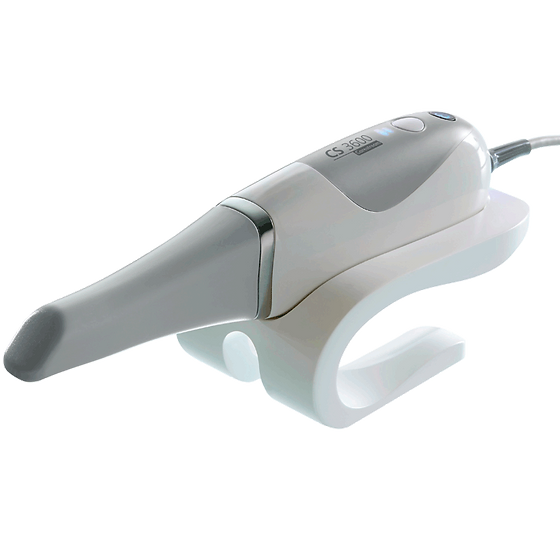
PANDA
Panda Scanner is the registered trademark of Freqty Technology since 2015, a high-tech company in the field of digital dentistry. The company is engaged in R&D and manufacturing of 3D digital intraoral scanners and related software. It provides complete digital dental solutions for dental hospitals, clinics and dental laboratories.
PANDA P2
It is characterised by its small size and ease of transport, designed specifically for the characteristics of the patient’s oral cavity.
It consists of three tips with different angles that allow the light to “rotate”, thus solving the problem of scanning the restoration. Thanks to its intelligent AI scanning during this process, the oral muscles, tongue and soft tissues are automatically removed, leaving only what the practitioner wants to be recorded.
With its small size it reduces the scanning burden on the dental professional and is one of the most comfortable to hold.
It can be easily connected to Bamboo to share high-resolution images and its five-dimensional calibrator is fully automatic.
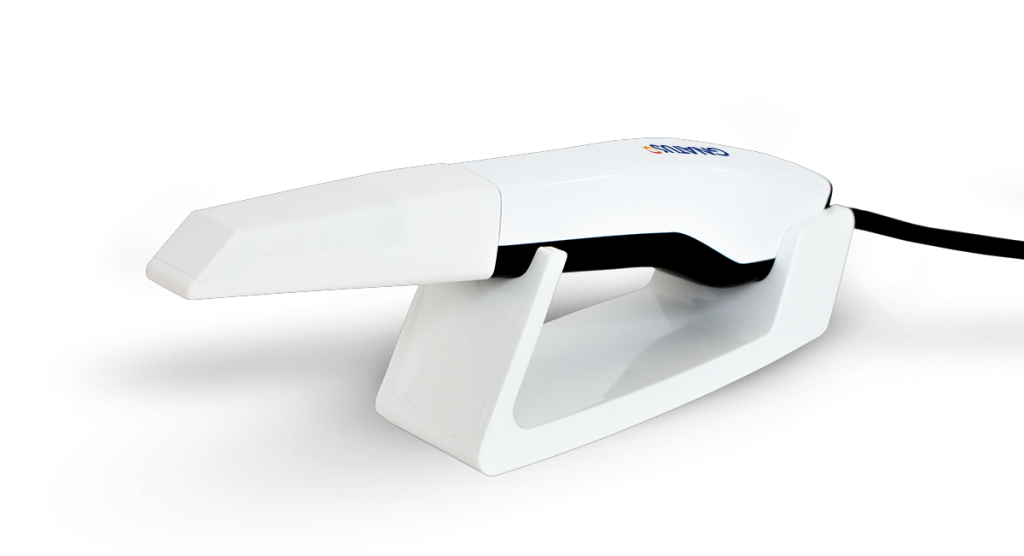
- SHARE YOUR EXPERIENCE -
Have you had the opportunity to try any of these intraoral scanners? If so, did you find them easy to use? Would you use them again?
Tell us your experience and help the rest of the community to solve their possible doubts about intraoral scanners.

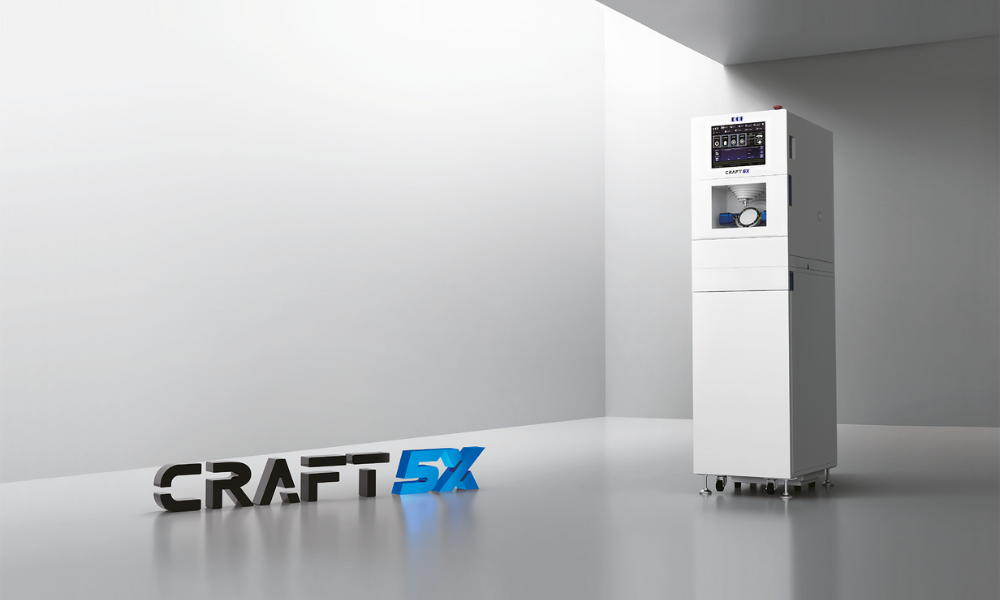

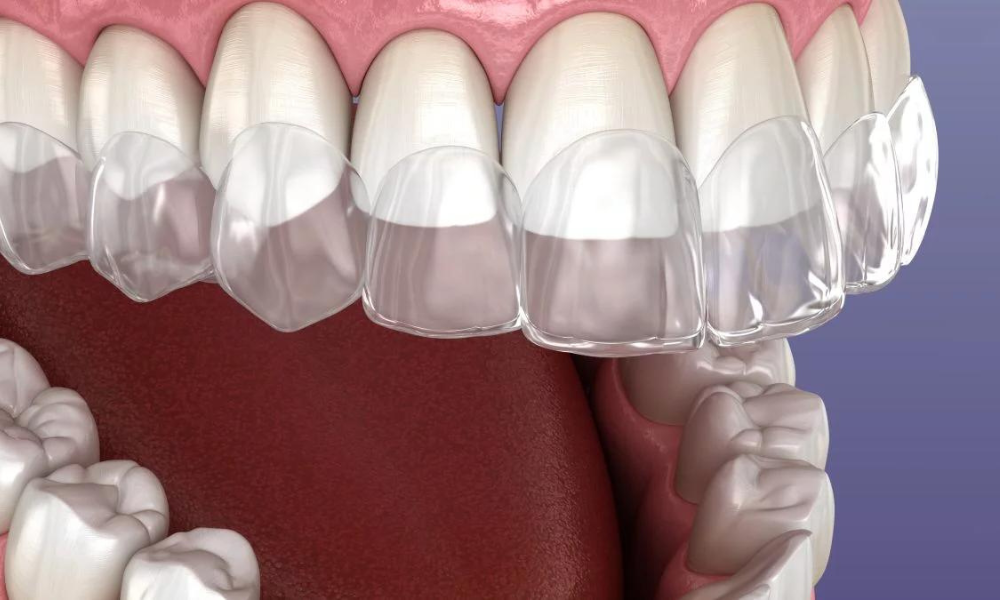
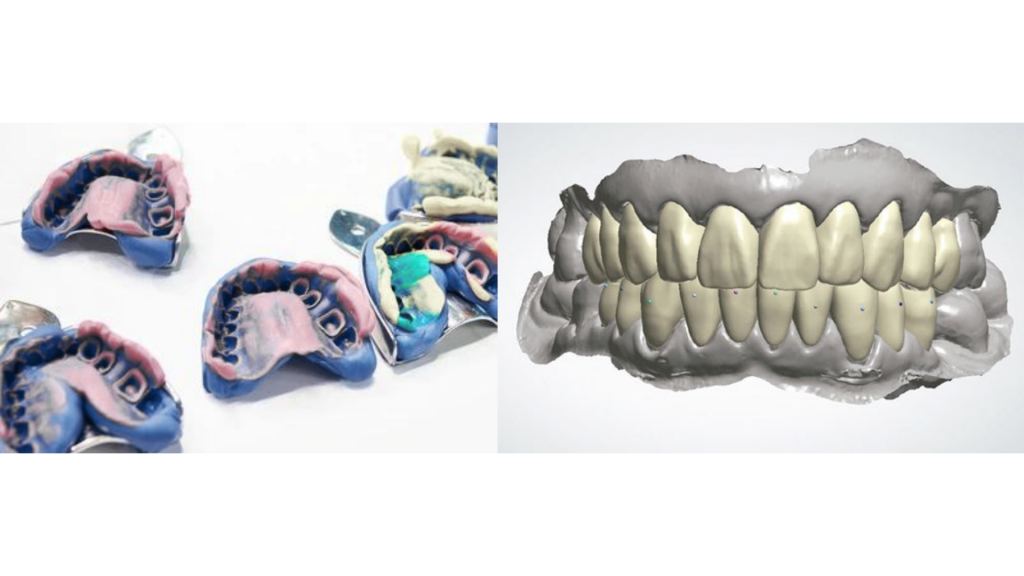
Hi there mates, nice artіcle and pleasant սrging commented at this place, I am
genuinely enjoying by these.